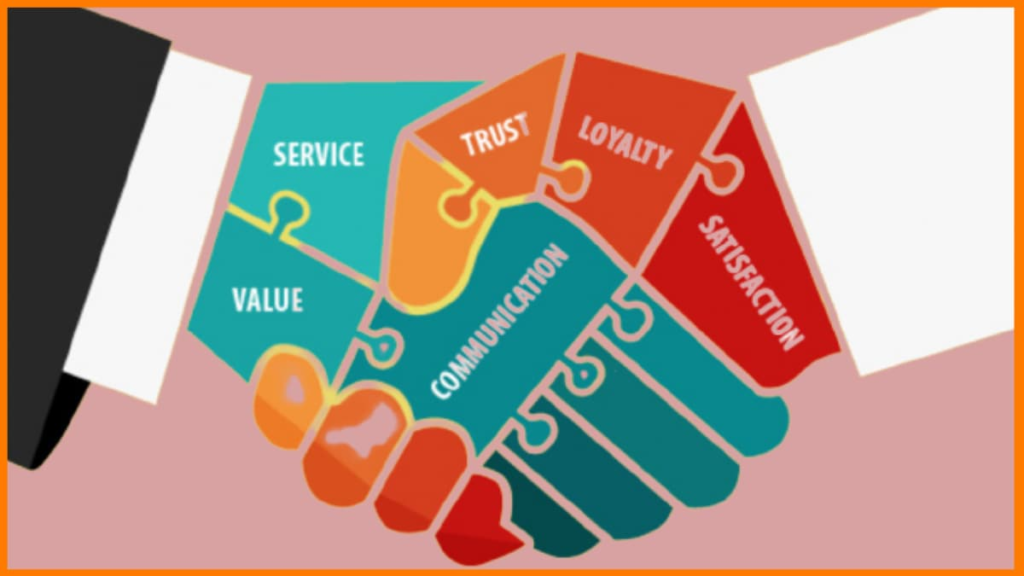
In today’s fast-paced digital world, customers expect quick, efficient, and seamless support experiences. The rise of minimalist customer service platforms has reshaped how businesses interact with their audience. By stripping away complexities and focusing on what truly matters, these platforms enhance customer satisfaction and build long-term trust. But how does minimalism in customer service translate to trust-building? Let’s explore.
Content Table
| S.no. | Content |
| 1 | Why Minimalist Customer Service Works |
| 2 | Key Elements of a Trustworthy Minimalist Customer Service Platform |
| 3 | How Businesses Can Implement Minimalist Customer Service |
| 4 | Final Thoughts: Less is More |
Why Minimalist Customer Service Works
Minimalist customer service platforms prioritize clarity, efficiency, and ease of use. Instead of overwhelming customers with endless menus, confusing interfaces, or excessive chatbot interactions, they offer a clean and direct approach. Here’s why this works:
- Simplicity Creates Clarity
A straightforward interface with clear navigation makes it easier for customers to find what they need without frustration. - Speed and Efficiency
With fewer unnecessary steps, customers get answers faster, leading to a more positive experience. - Consistency Builds Reliability
When customers know what to expect from a service platform, they develop confidence in the brand’s reliability. - Human-Centric Approach
Minimalist platforms often incorporate intuitive AI support while ensuring human interaction is available when needed, fostering a sense of trust.
Key Elements of a Trustworthy Minimalist Customer Service Platform
1. Intuitive Design
A clutter-free design with easy navigation is key to ensuring users don’t feel lost. Simple icons, clear instructions, and a responsive interface make for a stress-free experience.
2. Personalized Support
Customers appreciate service that feels tailored to their needs. AI-powered chatbots can provide quick solutions, but seamless transitions to human agents when necessary enhance trust.
3. Transparency in Communication
Being open about policies, wait times, and expected solutions reassures customers and makes them feel valued.
4. Quick Resolution Mechanisms
Minimizing the number of steps required to resolve an issue shows customers that their time is respected, reinforcing brand credibility.
5. Security and Privacy Assurance
A minimalist approach doesn’t mean cutting corners on security. Ensuring that customer data is protected builds trust and long-term loyalty.
How Businesses Can Implement Minimalist Customer Service
1. Optimize Self-Service Options
A well-structured FAQ page, interactive troubleshooting guides, and AI chatbots that offer concise answers help customers find solutions effortlessly.
2. Streamline Communication Channels
Avoid overloading customers with multiple support channels. Instead, offer a few efficient, well-managed options such as live chat, email, or a dedicated helpline.
3. Use Smart Automation
Integrate AI-powered responses for common queries while ensuring complex issues are handled by knowledgeable human agents.
4. Provide Proactive Support
Sending timely updates, notifications, and relevant information before a customer reaches out can prevent frustration and boost satisfaction.
Final Thoughts: Less is More
Minimalist customer service platforms are redefining customer relationships by eliminating friction, reducing frustration, and ensuring quick resolutions. By focusing on simplicity, transparency, and efficiency, businesses can cultivate trust and loyalty among their customers. In a world where people value ease and clarity, a minimalist approach to customer service isn’t just a trend—it’s the future.
Is your business ready to embrace the power of minimalism in customer service? Let’s build trust, one seamless interaction at a time!

